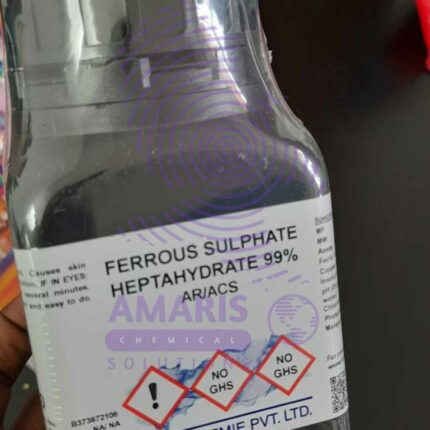
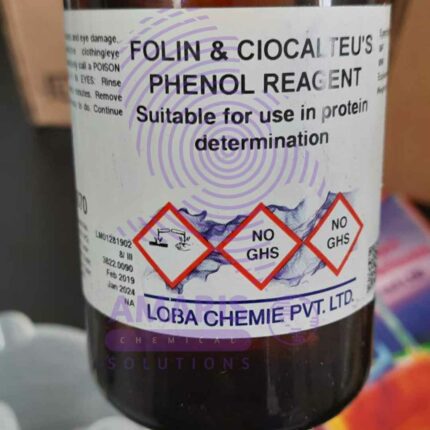
Trimethylpentane (hplc grade) 2.5ltrs
$5,500.00 Original price was: $5,500.00.$5,000.00Current price is: $5,000.00.
Trimethylpentane, also known as isooctane, is a high-purity hydrocarbon solvent commonly used in High-Performance Liquid Chromatography (HPLC) as a reference standard or mobile phase component. It is often utilized in chromatography due to its low polarity and high purity, which ensures accurate and reproducible results. HPLC-grade trimethylpentane is purified to meet stringent quality standards, minimizing impurities that could interfere with analytical measurements. It’s crucial for ensuring precise and reliable chromatographic separations in analytical laboratories.
Uses of Trimethylpentane (hplc grade)
Mobile Phase Component:
Trimethylpentane can be used as a component of the mobile phase in HPLC separations, particularly in non-polar or hydrophobic analyte separations. It helps in achieving good peak resolution and retention of non-polar compounds.
Reference Standard:
It serves as a reference standard for calibrating HPLC instruments and validating analytical methods. Its high purity ensures accurate and reproducible results, making it valuable for quantitative analysis.
Column Conditioning:
Trimethylpentane is sometimes used for conditioning chromatographic columns before analysis to ensure consistent performance and remove any contaminants or impurities that may affect results.
Sample Diluent:
In some cases, trimethylpentane can be used as a solvent or diluent for preparing samples for analysis, especially for non-polar analytes.
Quality Control:
Laboratories may use trimethylpentane as a control or check standard to monitor the performance and accuracy of their chromatographic systems over time.
Extraction Solvent:
It can be employed as an extraction solvent for isolating non-polar compounds from complex matrices prior to analysis by HPLC.
Research and Development:
Trimethylpentane may also be used in various research and development activities, such as method development, troubleshooting, and optimization of chromatographic separations.
4 reviews for Trimethylpentane (hplc grade) 2.5ltrs
Related products
Acetic Acid Tech grade
Acetic acid Tech grade
Acetic acid is an organic acid with the chemical formula CH3COOH, also known as ethanoic acid. It is a colorless liquid with a pungent, sour taste and a distinctive vinegar-like odor. Acetic acid is an important industrial chemical used in the production of various products, including solvents, plastics, textiles, and food additives. It is also the main component of vinegar, which is commonly used as a condiment and preservative in cooking and food preparation.Acetone Extra Pure
Butanol 99.4%
- n-Butanol (1-butanol): The "n" stands for "normal," indicating that the carbon chain is linear. It is often used as a solvent and in the production of plastics, coatings, and pharmaceuticals.
- Isobutanol (2-methyl-1-propanol): This isomer has a branched structure, with a methyl group (-CH3) attached to the second carbon atom. Isobutanol has applications as a solvent, in the production of various chemicals, and as a fuel additive.
- Sec-butanol (2-butanol): It has a branched structure, with the hydroxyl group attached to the second carbon atom. It's used as a solvent and in the manufacture of perfumes and pharmaceuticals.
- Tert-butanol (2-methyl-2-propanol): This isomer is highly branched, with the hydroxyl group attached to a carbon atom that is itself attached to three other carbon atoms. Tert-butanol is used primarily as a solvent and as a chemical intermediate.


 Emollients
Emollients Humectants
Humectants UV Filters
UV Filters Surfactants (cosmetic)
Surfactants (cosmetic) Preservatives (cosmetic)
Preservatives (cosmetic) Fragrances and Essential Oils
Fragrances and Essential Oils Antioxidants (cosmetics)
Antioxidants (cosmetics)
 Solvents (lab)
Solvents (lab) Chromatography Chemicals
Chromatography Chemicals Microbiology and Cell Culture Reagents
Microbiology and Cell Culture Reagents Biochemical Reagents
Biochemical Reagents Inorganic and Organic Standards
Inorganic and Organic Standards Spectroscopy Reagents
Spectroscopy Reagents Molecular Biology Reagents
Molecular Biology Reagents
 Precious Metal Extraction Agents
Precious Metal Extraction Agents
 Plasticizers
Plasticizers Polymerization Initiators
Polymerization Initiators Stabilizers
Stabilizers Monomers
Monomers Fillers and Reinforcements
Fillers and Reinforcements Antioxidants (plastics)
Antioxidants (plastics) Colorants (plastic pigments,Dyes)
Colorants (plastic pigments,Dyes)
 Fertilizers
Fertilizers Plant Growth Regulators
Plant Growth Regulators Soil Conditioners
Soil Conditioners Animal Feed Additives
Animal Feed Additives Biostimulants
Biostimulants
 Dough Conditioners
Dough Conditioners Flour Treatments
Flour Treatments Fat Replacers
Fat Replacers Preservatives (baking)
Preservatives (baking)
 Surfactants (cleaning)
Surfactants (cleaning) Builders
Builders Bleaching Agents
Bleaching Agents Enzymes
Enzymes Solvents (cleaning)
Solvents (cleaning) Fragrances
Fragrances Disinfectant
Disinfectant Metal cleaning
Metal cleaning
 Binders/Resins
Binders/Resins Pigments
Pigments Solvents (paint)
Solvents (paint) Additives
Additives Driers
Driers Anti-Corrosion Agents
Anti-Corrosion Agents Specialty Coatings
Specialty Coatings Functional Coatings
Functional Coatings Application-Specific Coatings
Application-Specific Coatings
 Sealants and Adhesives
Sealants and Adhesives
 Biodegradable Surfactants
Biodegradable Surfactants Bio-based Solvents
Bio-based Solvents Renewable Polymers
Renewable Polymers Carbon Capture Chemicals
Carbon Capture Chemicals Wastewater Treatment Chemicals
Wastewater Treatment Chemicals
 Preservatives (food)
Preservatives (food) Flavor Enhancers
Flavor Enhancers Acidulants
Acidulants Sweeteners
Sweeteners Emulsifiers
Emulsifiers Antioxidants (food)
Antioxidants (food) Colorants (food)
Colorants (food) Nutrient Supplements
Nutrient Supplements Nutraceutical Ingredients
Nutraceutical Ingredients
 Fresh Herbs
Fresh Herbs Whole Spices
Whole Spices Ground Spices
Ground Spices Spice Blends
Spice Blends
 Surfactants(oil)
Surfactants(oil)
 Antibiotics
Antibiotics Active Pharmaceutical Ingredients
Active Pharmaceutical Ingredients Excipients
Excipients Vaccine Adjuvants
Vaccine Adjuvants Nutraceutical Ingredients
Nutraceutical Ingredients Solvents (pharmaceutical)
Solvents (pharmaceutical)
 Automotive chemicals
Automotive chemicals Pyrotechnic Chemicals
Pyrotechnic Chemicals


 Vulcanizing Agents
Vulcanizing Agents Accelerators & Retarders
Accelerators & Retarders Antidegradants
Antidegradants Reinforcing Agents
Reinforcing Agents Plasticizers & Softeners
Plasticizers & Softeners Fillers & Extenders
Fillers & Extenders Blowing Agents
Blowing Agents Adhesion Promoters
Adhesion Promoters
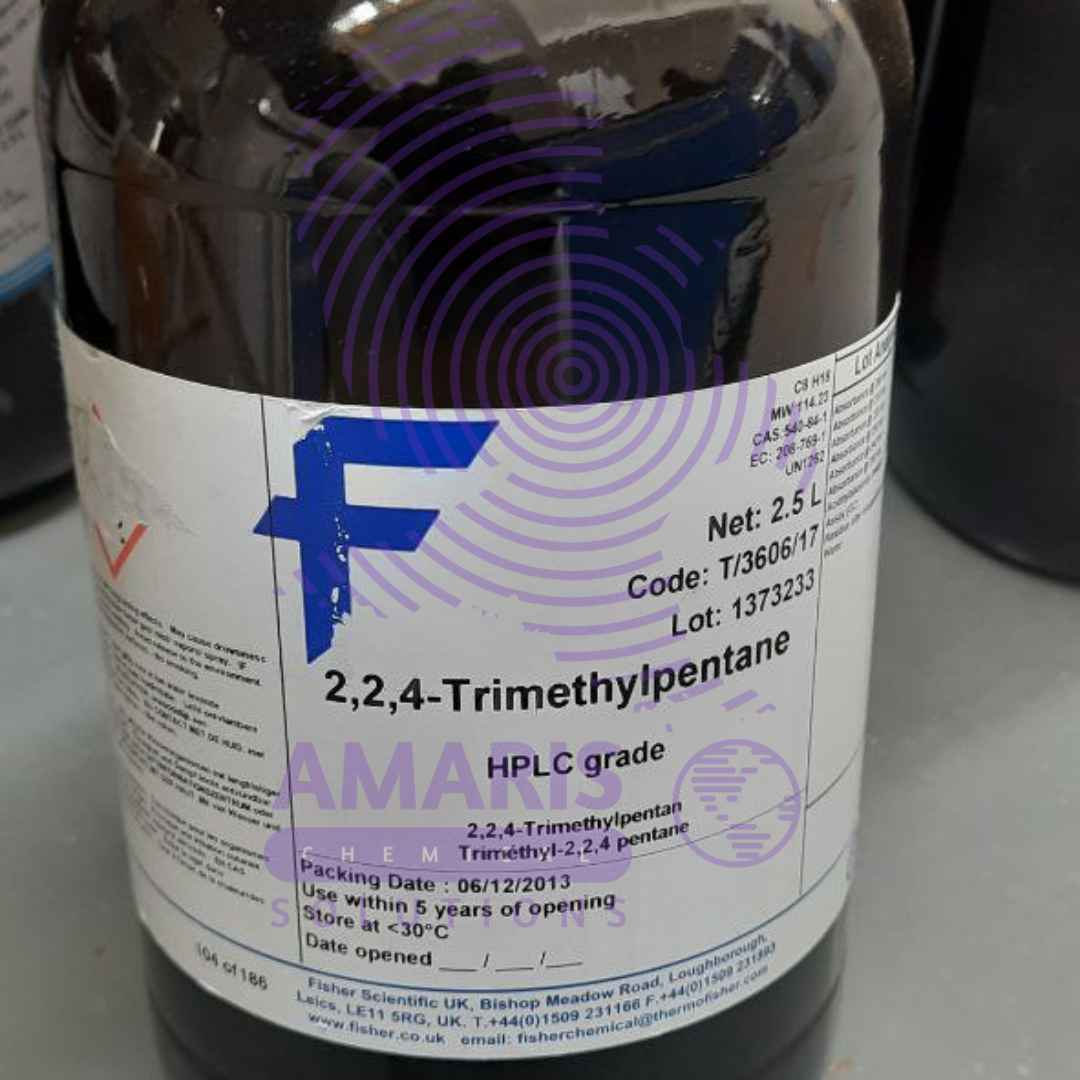
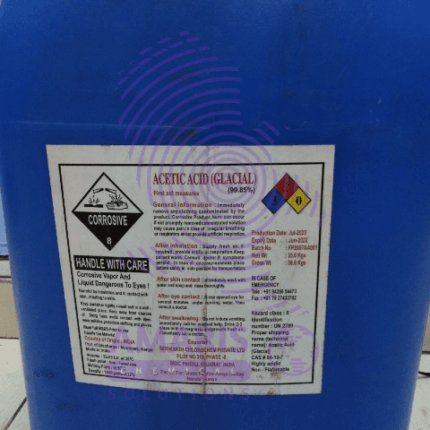
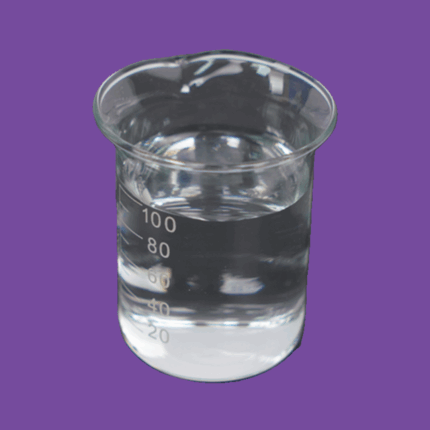
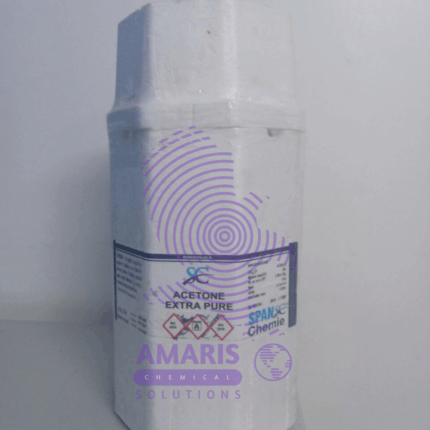
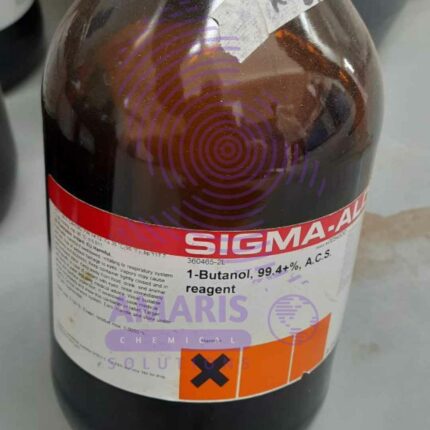
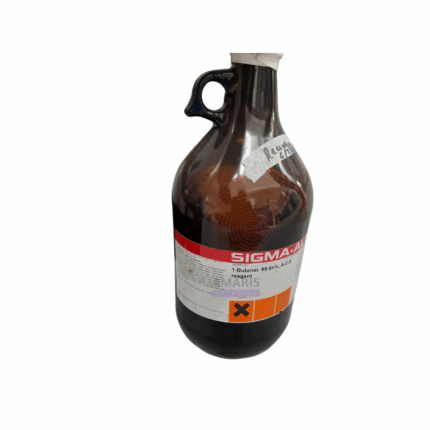
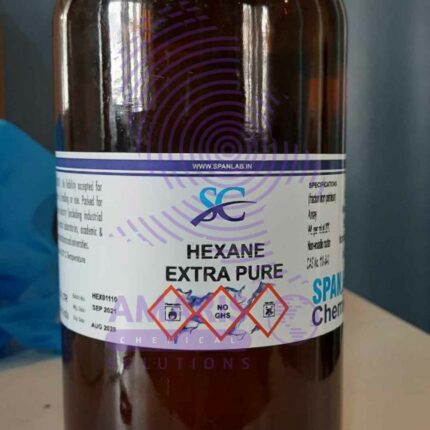
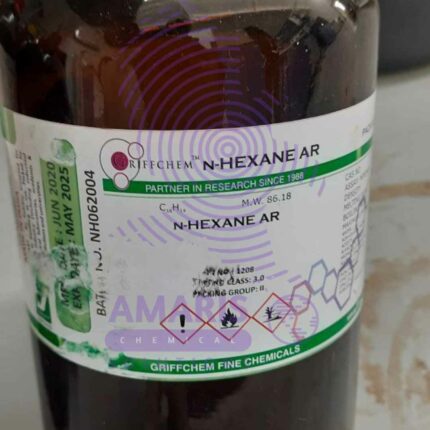
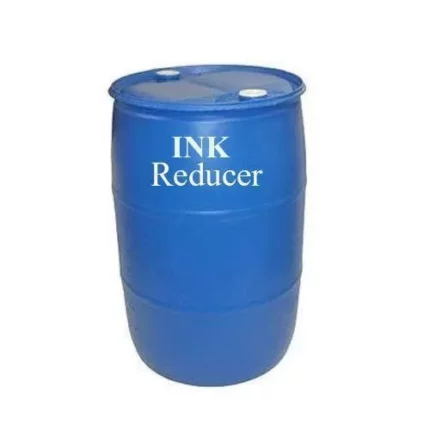
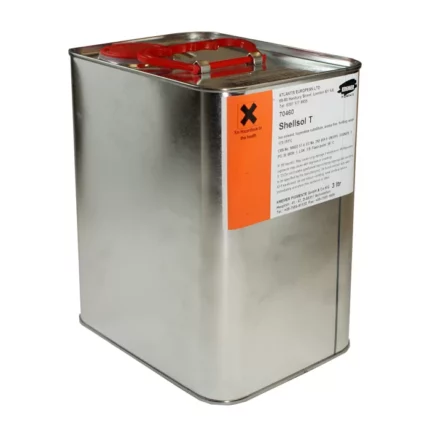
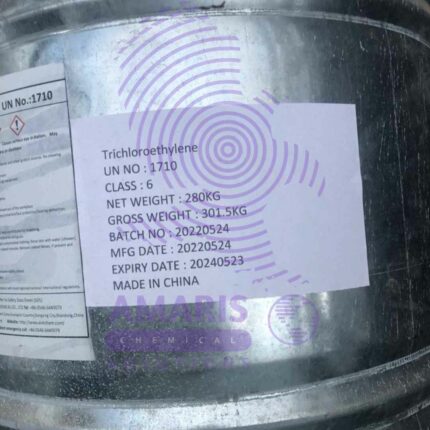
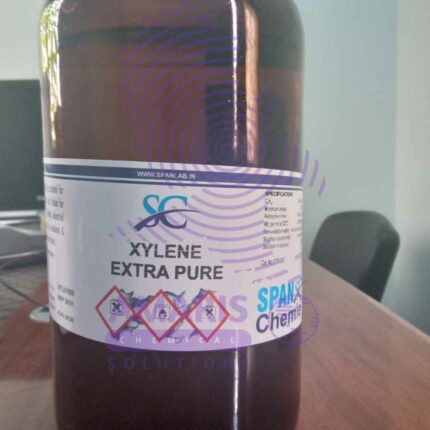













Hadasa Jones –
Im impressed
Nancy –
The product is so satisfying
Hellen Maurice –
Trimethylpentane is a very good product and it serves its purpose so well
Lodni –
Often used as a component in gasoline formulations